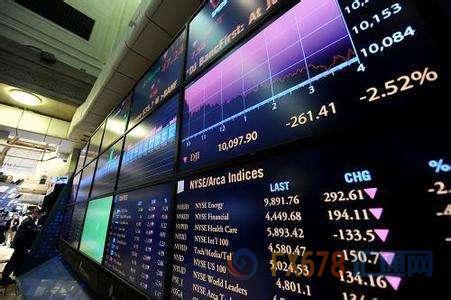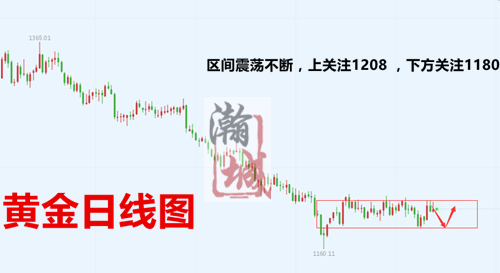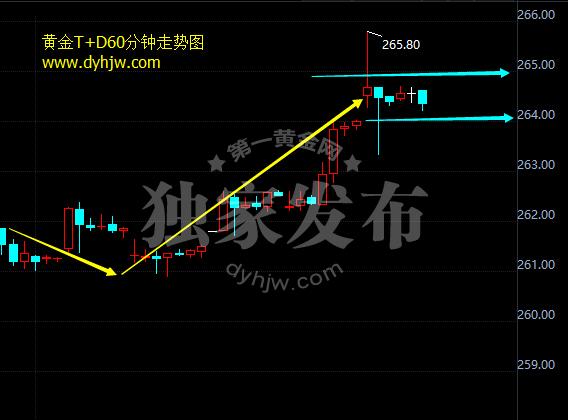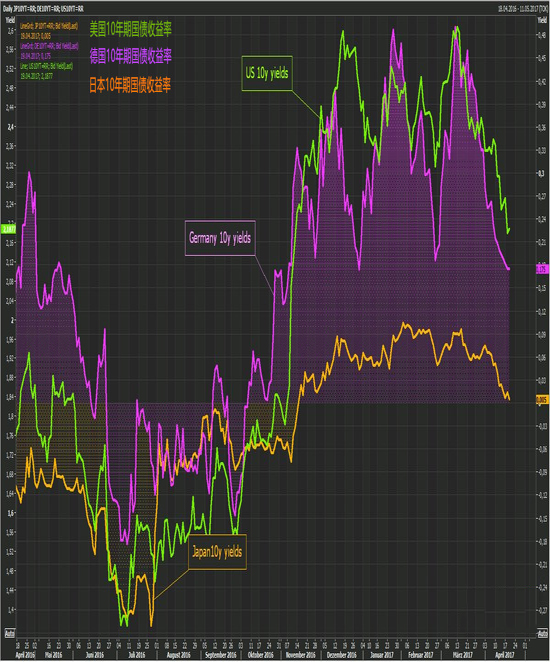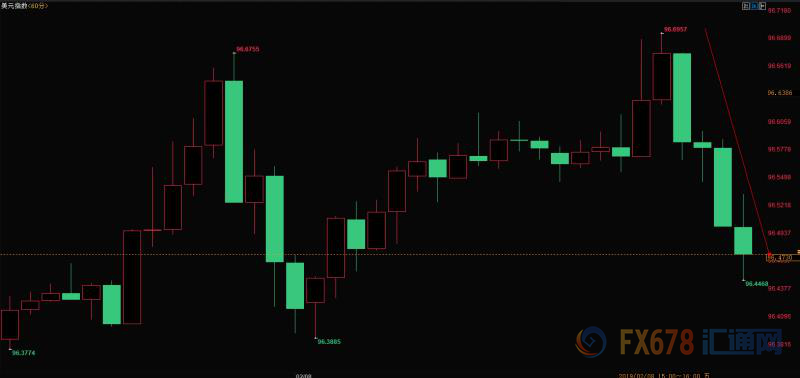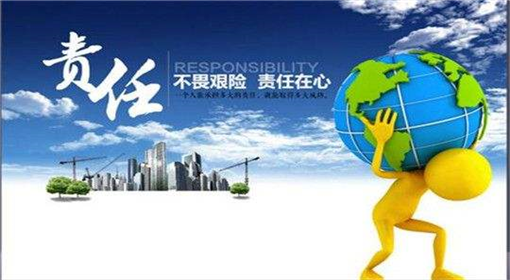 第21届联合国气候变化大会将于11月30日-12月11日在巴黎举行。会议旨在完成2009年哥本哈根气候大会提出的目标——达成一项抑制全球气候变暖的协定,确保地球升温不超过工业革命前2摄氏度。这意味着,抑制碳排放仍将成为会议的核心内容。
第21届联合国气候变化大会将于11月30日-12月11日在巴黎举行。会议旨在完成2009年哥本哈根气候大会提出的目标——达成一项抑制全球气候变暖的协定,确保地球升温不超过工业革命前2摄氏度。这意味着,抑制碳排放仍将成为会议的核心内容。大会召开前夕,国际能源署(IEA)发布了一份全球能源报告,对清洁能源的未来做了一番展望。不幸的是,全球采用清洁能源的速度还不够快,不足以避免危险的气候变化。这些令人担忧的发现,也将给下月即将在巴黎召开的全球气候变化谈判增添一些素材。
这份报告洋洋洒洒长达718页,你不必亲自去啃如此厚重的文字了,我们已经总结归纳了该报告的十大要点。
清洁能源将在2030年后主导电力供应:2030年之后,水力、太阳能、风能和其他可再生能源将取代煤炭,成为最大的发电来源。这一方面归功于全球在清洁能源发电厂领域的投资,另一方面则归功于欧美发达国家煤炭发电量的下降。到2040年,清洁能源的发电量将超出煤炭发电量13%。
该报告发现,清洁能源已经占据去年全球新增发电量的近半数。全球清洁能源部门目前共聘用了770万名雇员,这还不包括水电领域。
中国日益增长的服务经济对能源业影响重大:一向被誉为“世界工厂”的中国正在逐渐摆脱对制造业和重工业的依赖,转而围绕服务业培育更多的产业。其结果就是,中国的能源密度(即单位经济产出的能源消耗)近年来呈现下降趋势,这将给全球能源消费带来重大影响。在过去20年里,中国已经将每单位未来经济增长的能耗降低了85%。
经济增长开始与碳排放脱钩:多年以来,经济发展一直与能源消费紧密相关。一般来说,大量消耗能源的国家,其经济增长往往比较强劲。但随着清洁能源技术的兴起,少数欧洲国家已经可以在不影响经济增长的情况下降低其碳排放水平。挪威、丹麦、芬兰、冰岛和瑞典等正是这一潮流的代表。
国际能源署发现,2014年,全球碳排放水平基本与上年持平,甚至还略有降低,而全球经济实际上达到了一个不错的增幅。这或许是一个异常现象,可能在近期内不会重现。但这个数据也表明,除了那些最早采用清洁能源技术的欧洲小国和富国,碳排放和经济增长的“脱钩”趋势已经开始延伸到更大范围。
" 印度将成为燃煤大国:未来几十年,印度对能源的需求可以说是贪婪的,印度的能源需求增幅将冠绝全球。尽管其中部分需求可以用风能和太阳能解决,但印度终将是煤炭" 消费增长最多的国家。该报告还表示,到2020年,印度将成为全球最大的煤炭进口国。
化石" 能源行业将获得比清洁能源行业更多的补贴:国际能源署表示,化石燃料行业2014年共获得了4900亿美元的补贴。这真是一个令人吃惊的数字,因为煤炭、石油和天然气本来就是相对成熟的行业。相比之下,清洁能源行业在全球只获得了1120亿美元的补贴。不过,国际能源署也指出,到2040年,全球对清洁能源的补贴将增长至1700亿美元。
中国主宰太阳能电池板:2014年,全球70%的太阳能电池板都是由中国大陆或台湾地区的企业生产的。国际能源署指出,每10块太阳能电池板就有9块是亚洲制造的。
中印将领军清洁能源:全球超过三分之二的清洁能源将来自中国、印度和拉" 美国家等发展中经济体。这些国家的电力需求增长得极快,因此他们正在投资建设各种发电设施——不管是清洁的还是传统的。光是中国就将占据全球清洁能源发电量增幅的四分之一以上。
到2040年,全球太阳能发电将达1万亿瓦:太阳能电池板将成为一项全球主流的清洁能源技术。到2040年,全球太阳能发电将超过1万亿瓦。相比之下,目前美国投入使用的太阳能只有220亿瓦。
水电vs其他清洁能源:新的水电站大部分将被建在发展中国家,其中许多国家已经在理想的位置上建起了水坝。在目前已经投入使用的清洁能源中,水电已然占据相当大比重,但新的清洁能源投资将朝着风能、太阳能与水电混合的方向发展。其中风能将占据全球清洁能源投资的35%,太阳能将占据28%,水电将占据22%。
清洁能源的竞争力有多强?国际能源署的报告指出,如果不计算补贴的话,2014年有84%的清洁能源(不包括水电)是没有竞争力的。到2040年,62%的清洁能源电力将仍然缺乏竞争力。换言之,到2040年,只有三分之一的清洁能源在没有补贴的情况下还有竞争力。(财富中文网)
译者:朴成奎
审校:任文科
The International Energy Agency, an industry watchdog, released its an annual global report on Tuesday that described a future that will be heavily powered by clean energy.
But, unfortunately, the world won’t adopt cleaner quickly enough to avoid dangerous changes in the climate, the report said. The Paris-based group’s disturbing findings will add fodder to the global climate change negotiations, which kick off in Paris next month.
Despite the warning, the future of clean energy is bright, but it depends on many complicated factors. Here are some of the nuances and highlights from the 718 page report.
Clean energy will dominate electricity after 2030: Electricity from renewable sources including hydropower, solar, wind and others will replace coal as the largest source of electricity shortly after 2030. That’s thanks to both future global investment in clean energy power plants, and also a decline in coal power use in developed nations like the U.S. and in Europe. By 2040, there will be 13% more energy generated by clean power than by coal plants, the report said.
Clean energy already contributed to almost half of the world’s new power generation capacity added last year, the report found. Collectively clean energy sectors now employ 7.7 million people worldwide, not including for hydropower.
China’s growing service economy is actually a big deal for energy: China, long the world’s factory, has been working to build more industries around services instead of its historic focus on manufacturing and heavy industry. As a result, the country’s energy intensity—energy consumption per unit of economic output—has been declining over the years and that is having a major effect on global energy use. China has been able to reduce the amount of energy it consumes per unit of future economic growth by 85% over the last two decades.
Economic growth and carbon emissions are splitting up: For years, economic development has been tied to energy use. Generally, countries that use a lot of energy have a more robust economy. But with the rise of clean energy technologies, a handful of small European countries have been able to lower their carbon emissions without dampening their economic growth. Norway, Denmark, Finland, Iceland, Norway and Sweden have led this trend.
But now the IEA has found that global carbon emissions remained flat, or declined ever so slightly, in 2014, while the world’s economy actually grew at a decent pace. That is likely an anomaly, and won’t be repeated in the near future. But the data hints that the so-called “decoupling” of carbon emissions and economic growth is starting to happen on a broader scale outside of those small, wealthy early-adopter nations.
India to embrace coal: India’s demand for energy will be insatiable over the next few decades. The country will show the single largest share of growth in global energy demand. While some of that demand will be addressed by wind and solar power, India will also be the nation that adds the most coal consumption. India will become the world’s largest importer of coal by 2020, the report said.
The fossil fuel industry collects far more subsidies than clean energy sectors: The IEA says that the fossil fuel industry received $490 billion in subsidies in 2014. That’s truly shocking considering coal, oil and gas are relatively mature industries. In comparison clean power received $112 billion in global subsidies in 2014. The subsidies for clean energy will rise to $170 billion by 2040, the IEA said.
China dominates solar panels: Companies based in China and Taiwan produced 70% of the world’s solar panels in 2014. More than 9 out of 10 solar panels were made in Asia, says the IEA.
China, India will lead clean energy: More than two thirds of the increase in the world’s clean power generation will come from developing countries like China, India, and Latin America. Electricity demand is growing so rapidly in these countries that they are investing in all forms of power generation, from dirty to clean. China on its own will account for more than a quarter of the world’s increase in clean power generation.
A terrawatt of solar by 2040: Solar panels will become a key mainstream clean energy technology worldwide. By 2040, there will be more than 1,000 gigawatts (or a terrawatt) of solar installed globally. In comparison the U.S. only has about 22 gigawatts of solar in use today.
Hydropower vs. other forms of clean energy: New hydropower plants will largely be built in developing countries, many of which have already tapped most of the optimal regions for dams. Hydropower accounts for much of the clean power in use today, but new investments in clean energy will go toward a combination of wind, solar and hydropower. Wind will take 35% of the global investment for clean energy, while solar will take 28%, and hydropower 22%.
How competitive is clean energy? The IEA report found that in 2014, 84% of clean energy (not including hydropower) was uncompetitive without subsidies. By 2040, 62% of clean energy generation will still remain uncompetitive. Put another way, the report says that only one third of clean energy generation will be competitive without subsidies by 2040.
 客服热线:
客服热线:



